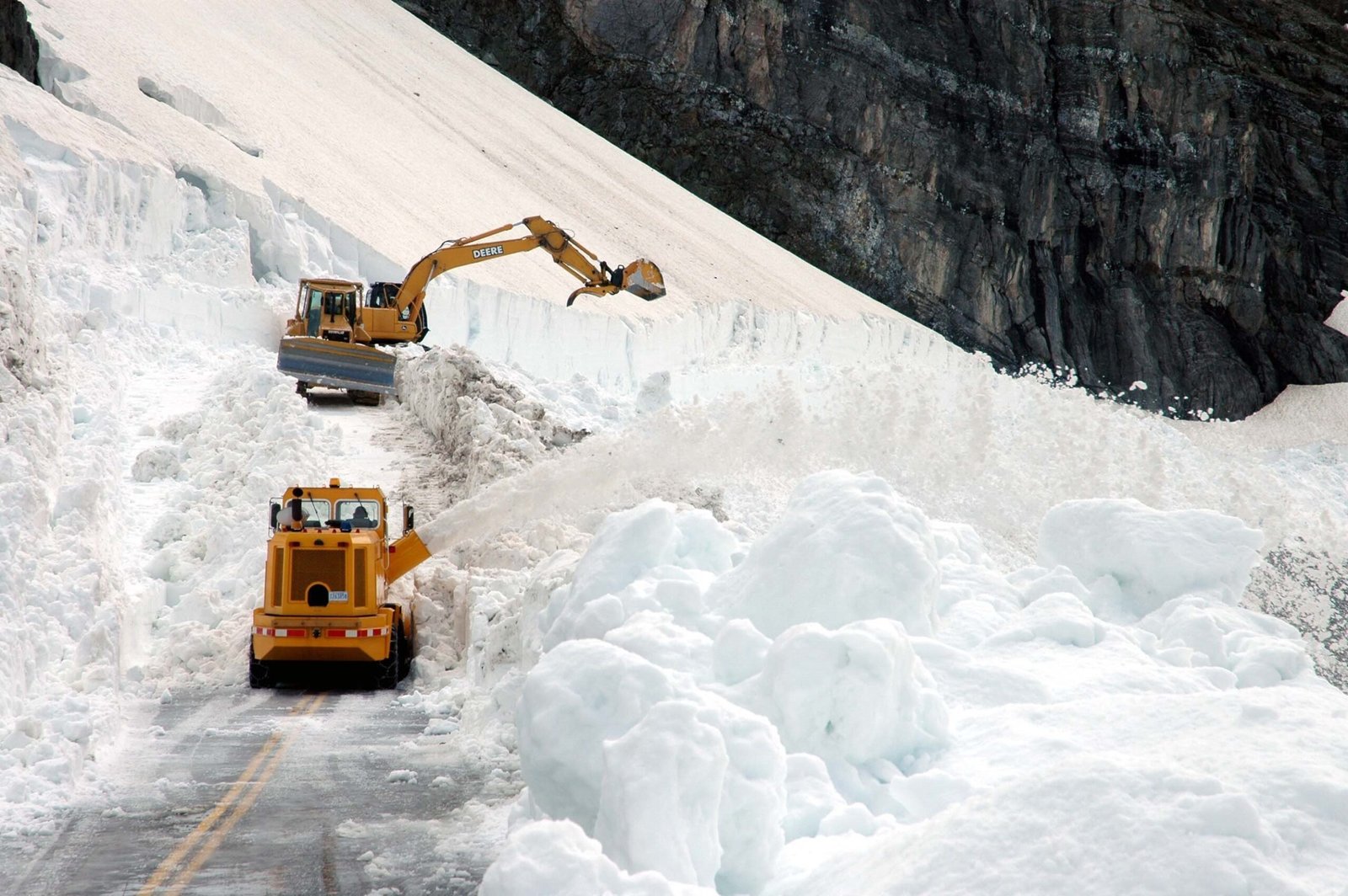Glacier National Park in Canada offers breathtaking winter hiking experiences with access to snow-covered trails and stunning landscapes. Visitors can explore various routes, from easy walks to challenging snowshoe treks, while enjoying the park’s pristine winter beauty. However, hiking in snowy conditions requires careful planning, proper equipment, and awareness of safety precautions due to potential avalanche risks and changing weather conditions.
What Are the Access Points for Snow Hiking in Glacier National Park?

Accessing snow-covered trails in Glacier National Park during winter requires knowledge of specific entry points and current conditions:
- Going-to-the-Sun Road:
- Accessible from Lake McDonald Lodge
- Gated during winter, allowing foot traffic only
-
Offers various hiking distances based on preference
-
Avalanche Lake Trailhead:
- Located near the Trail of the Cedars
- Typically accessible until late November and from April
-
Provides access to Avalanche Lake and Avalanche Gorge trails
-
Apgar Lookout Trailhead:
- Access may be limited by road closures
- Usually open in October/November and April/May
-
Requires longer approach if the road is gated
-
Sperry Chalet Trail:
- Trailhead across from the Going-to-the-Sun Road gate
- Offers challenging winter hiking options
How Do Snow Conditions Affect Hiking in Glacier National Park?

Snow conditions play a crucial role in determining hiking accessibility and safety:
- Higher Elevations:
- Trails above treeline (approximately 2,000 meters) are snow-covered from November to June
-
Increased avalanche risk and difficult route-finding
-
Lower Elevations:
- Subject to freeze/thaw cycles
-
Trails can be wet, icy, or partially snow-covered
-
Avalanche Hazards:
- Present on steep, snow-covered slopes at any elevation
- Highest risk from November to June
- Proper training and equipment are essential for safety
| Elevation | Typical Conditions | Safety Considerations |
|---|---|---|
| Above 2,000m | Heavy snow cover | High avalanche risk, difficult navigation |
| 1,000m – 2,000m | Variable snow cover | Moderate avalanche risk, icy patches |
| Below 1,000m | Wet trails, occasional snow | Slippery conditions, creek crossings |
What Equipment is Necessary for Snow Hiking in Glacier National Park?
Proper equipment is crucial for a safe and enjoyable snow hiking experience:
- Snowshoes or microspikes (depending on conditions)
- Warm, waterproof boots
- Layered clothing (moisture-wicking base layer, insulating mid-layer, waterproof outer layer)
- Hat, gloves, and warm socks
- Backpack with essentials:
- First aid kit
- Navigation tools (map, compass, GPS)
- Emergency shelter
- Extra food and water
- Headlamp or flashlight
- Avalanche safety gear (if venturing into avalanche-prone areas):
- Avalanche transceiver
- Probe
- Shovel
Are There Guided Snow Hiking Tours Available in Glacier National Park?
Yes, Glacier National Park offers several options for guided winter activities:
- Ranger-Led Snowshoe Walks:
- Available on weekends during winter months
- Educational experience about the park’s winter ecology
-
Suitable for beginners
-
Guided Snowshoe and Cross-Country Ski Tours:
- Offered through park partners and authorized commercial companies
- Various difficulty levels and durations
-
Equipment often provided
-
Custom Guided Experiences:
- Some tour operators offer personalized winter hiking trips
- Tailored to group size and skill level
It’s important to note that the park does not provide transportation to trailheads, so visitors must arrange their own transportation.
What Are the Best Snow Hiking Trails in Glacier National Park?
Glacier National Park offers several excellent trails for snow hiking:
- Going-to-the-Sun Road:
- Length: Variable (up to 32 km one-way)
- Difficulty: Moderate to challenging
-
Highlights: Panoramic views, wildlife spotting opportunities
-
Avalanche Lake Trail:
- Length: 7.2 km round trip
- Difficulty: Moderate
-
Highlights: Frozen lake views, Avalanche Gorge
-
Apgar Lookout Trail:
- Length: 5.8 km round trip
- Difficulty: Moderate to challenging
-
Highlights: Panoramic views of Lake McDonald and surrounding peaks
-
McDonald Creek Trail:
- Length: Variable (up to 8 km round trip)
- Difficulty: Easy to moderate
-
Highlights: Scenic creek views, potential wildlife sightings
-
Sperry Chalet Trail:
- Length: Variable (up to 20 km round trip)
- Difficulty: Challenging
- Highlights: Backcountry experience, historic chalet site
How Can Hikers Stay Safe While Accessing Snow in Glacier National Park?
Safety is paramount when hiking in snowy conditions. Follow these guidelines:
- Check current trail conditions and weather forecasts before departing
- Inform someone of your hiking plans and expected return time
- Carry appropriate gear and know how to use it
- Stay on designated trails and be aware of your surroundings
- Know the signs of hypothermia and how to prevent it
- Be avalanche aware and avoid high-risk areas if not properly trained
- Turn back if conditions become unsafe or you’re unsure of the route
- Carry a means of communication (cell phone or satellite device)
- Practice Leave No Trace principles to protect the park’s ecosystem
What Permits or Passes Are Required for Snow Hiking in Glacier National Park?
While specific winter hiking permits are not required, visitors should be aware of the following:
- Park entrance fees apply year-round
- Backcountry camping permits are required for overnight trips
- Special permits may be needed for certain activities or areas (check with park authorities)
It’s always best to check the official Glacier National Park website or contact the visitor center for the most up-to-date information on permits and passes.
By following these guidelines and properly preparing for snow conditions, hikers can safely enjoy the winter wonderland of Glacier National Park, Canada. Remember to respect the park’s natural environment and wildlife, and always prioritize safety when accessing snow-covered areas.
References:
1. Trail Conditions – Glacier National Park – Parks Canada
2. Hiking – Glacier National Park – Parks Canada
3. Winter in Glacier National Park – Get Inspired Everyday